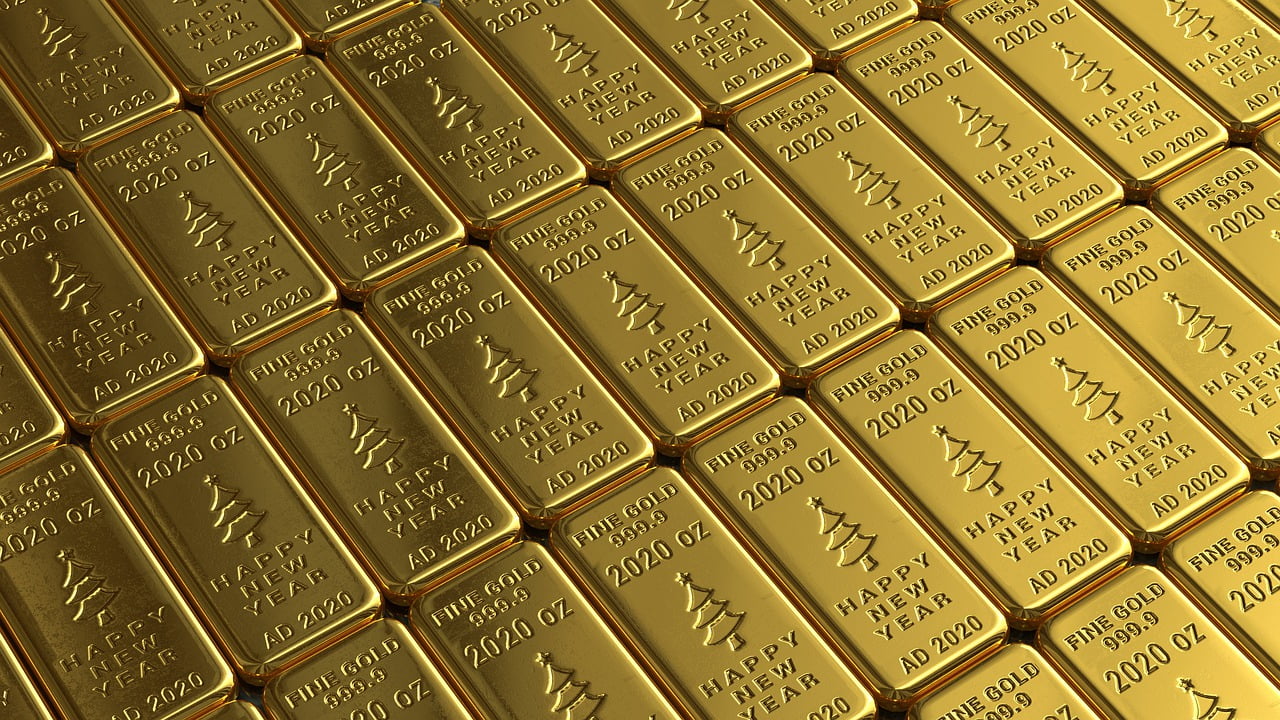Germany is facing an energy crisis that threatens the country with hyperinflation. Investing in gold during high inflationary periods has helped many investors protect their wealth against inflation.
What is the current price of gold in Germany? Since gold is one of the most popular precious metals to invest in worldwide, knowing the price of gold in various markets can help you make informed decisions when deciding to make a gold purchase. Bullion Exchanges offers a live Gold Price Chart on our website, so you can buy and sell at optimal prices.
Q2 2022 hedge fund letters, conferences and more
Currency of Germany - The Euro
If you’re looking to purchase gold in Germany, you would use the Euro (symbol: € ). The euro is the one currency shared by European Union countries that have adopted it. After a decade of preparations, the euro was ‘soft-launched” on Jan 1st, 1999. Later, the biggest cash changeover in history took place on Jan 1st, 2002, when coins and banknotes were officially used in circulation.
As of mid-2022, 1 Euro equals about $1.05 in US currency.
Gold Production In Germany
Gold mining has been a part of Germany’s history for thousands of years. The east-central German state of Thuringia has a documented history of gold mining since the 1200s, and gold production from the Rhine river was maintained throughout the Middle Ages until gold imported from the Americas became more widely available.
From the fourth quarter of 2021 to the first quarter of 2022, gold reserves in Germany decreased from 3359.09 Tonnes to 3358.49 Tonnes. In 2022, Germany was listed as the 19th largest gold-producing country in the world, with a gold population of 83,883,596.
Gold Spot Price Factors In Germany
Gold is a globally traded commodity, so its prices are always on the move. Many factors affect Gold prices, and these factors can have a ripple effect on the price of the metal worldwide. In Germany, the spot price of gold has been steadily climbing since 2018 while passing through minor fluctuations. The spot price of gold reached a peak in mid-2020 at around 1725 EUR, then temporarily fell back down again until its next peak in early 2022. Some primary influences on the price of gold include:
- Central bank activity
- Currency fluctuations
- Interest rates
- Inflation
- Investment demand
- Jewelry demand
- Market Volatility
Mints In Germany
Germany currently has five functioning mints, and of them has two branches.
German coins are produced at five different mints, and the coins from each of them can be identified by their mintmarks: A = Berlin (Staatliche Münze Berlin), D = Munich (Bavarian State Mint), F = Stuttgart (Baden-Wuerttemberg), G = Karlsruhe (also (Baden-Wuerttemberg), J = Hamburg (Hamburgische Münze).
Economy of Germany
The economy of Germany is a highly developed social market economy. It has the largest national economy in Europe, and the fourth-largest economy by nominal GDP in the world. According to the International Monetary Fund (IMF), the country accounted for 28% of the euro area economy in 2017.
Germany’s main economic sectors include the service sector, which accounts for most of the country’s GDP, followed by the industry sector and agricultural sector.






